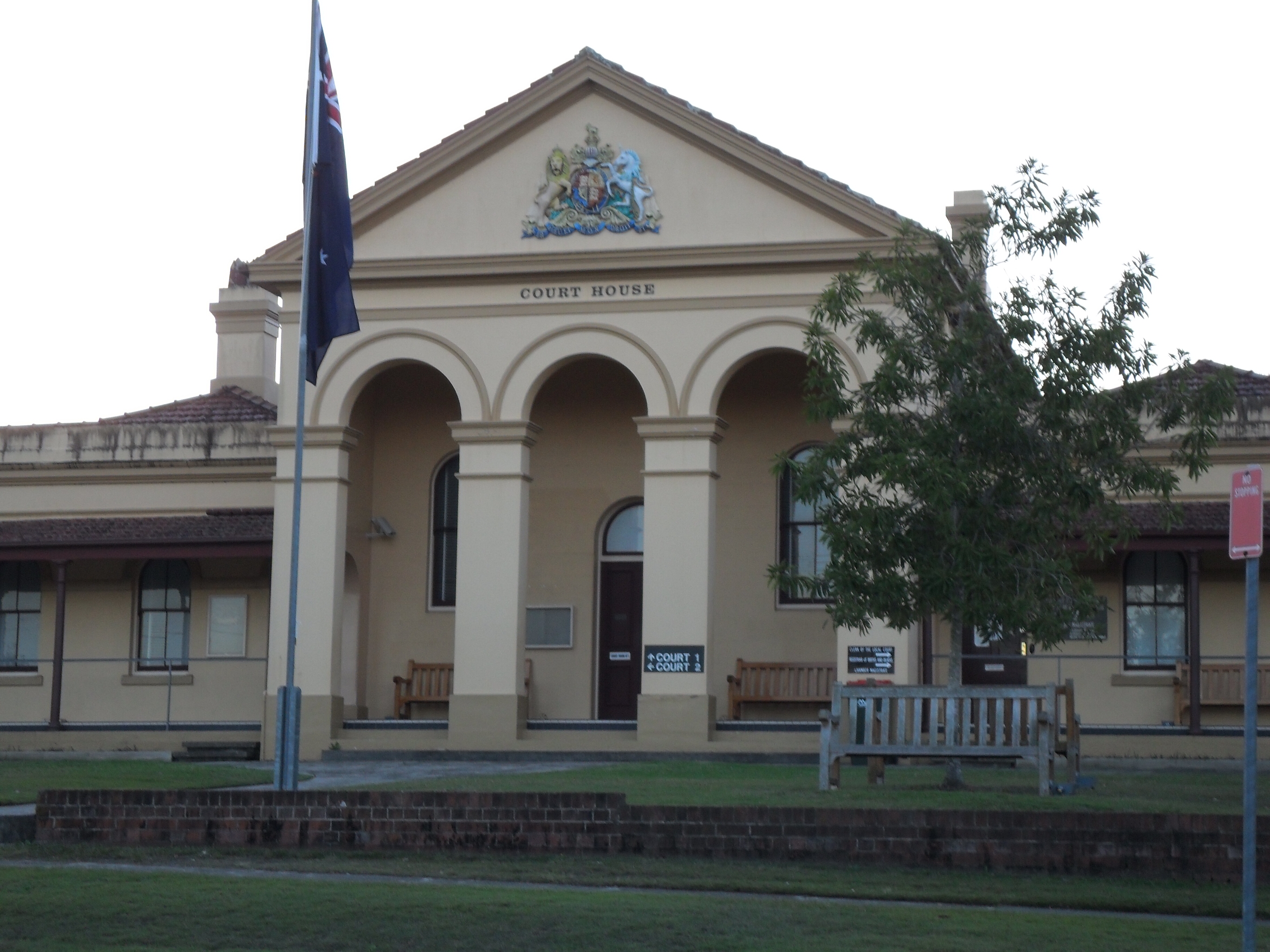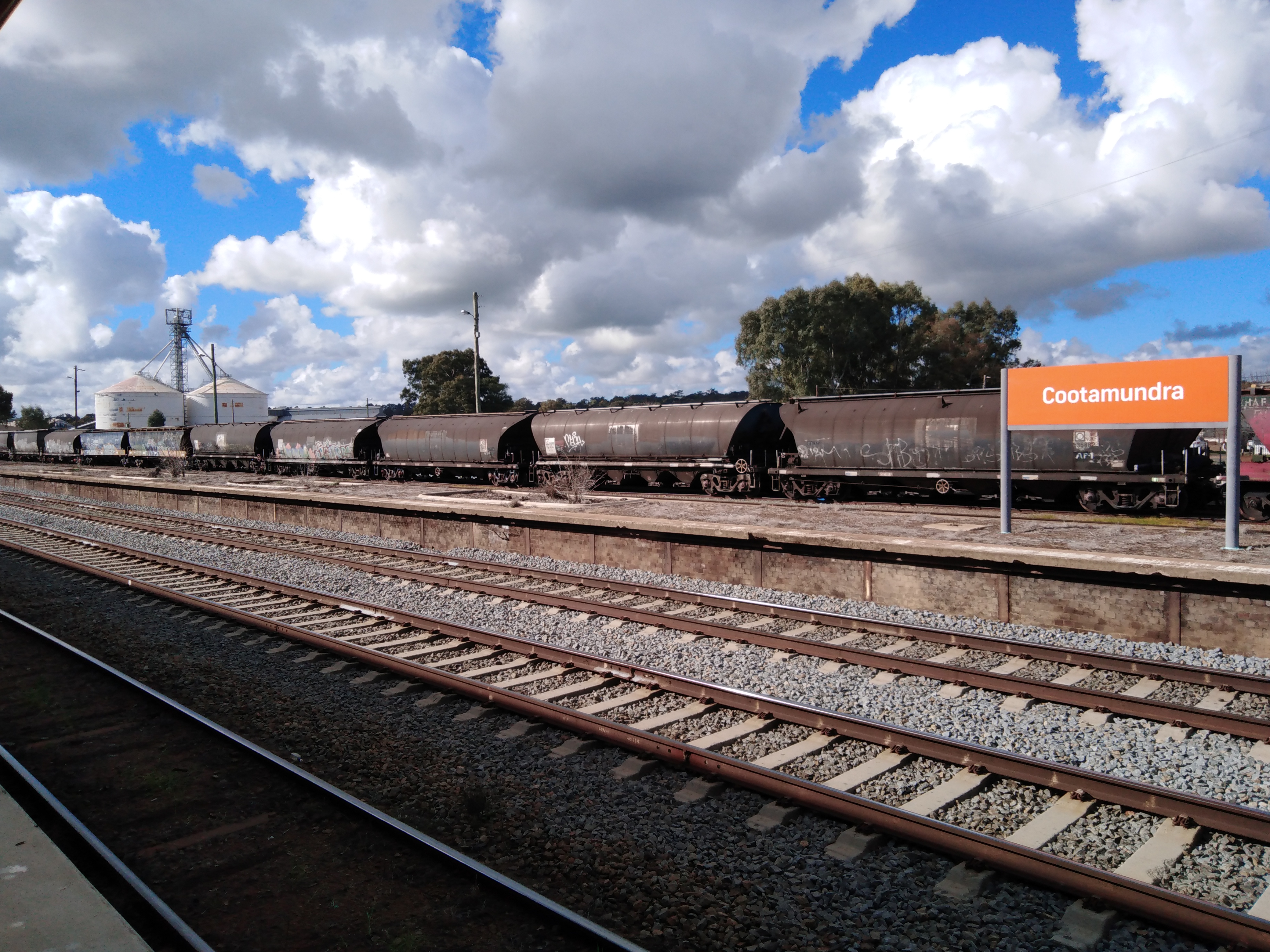|
3237
Locomotive 3237 is a two-cylinder, simple, non-condensing, coal-fired, superheated, ‘Ten-wheel’ 4-6-0 express passenger steam locomotive. It is one of the four P class (later New South Wales C32 class locomotive, C32 class) locomotives that were preserved. In Service 3237 was built by Beyer, Peacock and Company, Beyer, Peacock & Co, Manchester in 1892 and entered service on 26 February 1893. Originally numbered P508, it became 3237 in the NSWGR 1924 renumbering scheme. It worked mainline runs around New South Wales, while its original use was as a passenger express locomotive, it was also used for light freight. For the last part of its working career 3237 was based at Dubbo locomotive depot, 3237's last duties were to work reclamation trains and as a yard shunter in Dubbo. It was withdrawn on 3 November 1971, when it was sent light engine from Dubbo to Enfield Locomotive Depot for storage. In its 78 years of revenue service, from 26 February 1892 to 1 November 1971, 3237 r ... [...More Info...] [...Related Items...] OR: [Wikipedia] [Google] [Baidu] |
New South Wales C32 Class Locomotive
The C32 class was a class of steam locomotives built for the New South Wales Government Railways of Australia. History Introduction When the new Chief CommissionerEdward Eddy took office in 1888, he was anxious to have additional locomotives manufactured within the Colony, and the Government sought the formation of a manufacturing company in New South Wales by interested parties. When this failed, designs were prepared prior to inviting tenders in England. Beyer, Peacock and Company was selected to build the new locomotives. The first batch of 50 locomotives were delivered between February 1892 and July 1893. They became known as the ''Manchester Engines''. At the request of the Railway Commissioners, the builders altered the last two engines of the first batch to operate as compounds, but these did not prove satisfactory and during 1901 were converted to 2-cylinders. The particular compound arrangement was never used in another locomotive, before or since. Further orders ove ... [...More Info...] [...Related Items...] OR: [Wikipedia] [Google] [Baidu] |
Lachlan Valley Railway
The Lachlan Valley Railway Society is an Australian rail preservation society based in the New South Wales Central Western town of Cowra. It was established in 1974 to preserve and operate former New South Wales Government Railways locomotives and rolling stock. It operates regular heritage train tours to a variety of locations across New South Wales. History The Lachlan Valley Railway was formed in 1974 initially to preserve locomotive 5917 and four carriages. It soon acquired other locomotives and formed a relationship with the Lachlan Vintage Village, Forbes. It then operated rail tours, including an interstate tours from Parkes to Peterborough in August 1976 with 5917. At that stage, rolling stock was stabled at Parkes locomotive depot. On 18 June 1977, the society moved its base to the 1923-built Cowra roundhouse. Initially allocated a couple of roads, in 1985 it took over the entire facility when the State Rail Authority vacated it. In 1979, the LVR commenced operatin ... [...More Info...] [...Related Items...] OR: [Wikipedia] [Google] [Baidu] |
Preserved Steam Locomotives Of New South Wales
This list of preserved steam locomotives in New South Wales makes no claim to being complete. While there are many surviving examples of several locomotive classes, some are in a very poor condition, including partly dismantled or badly corroded locomotives, the technical condition of which cannot really be accurately conveyed in their descriptions. New South Wales X10 class locomotives in preservation are fully listed New South Wales Government Railways NSW Private Railways References {{reflist Sources *RailCorp Rail Corporation New South Wales (RailCorp) was an agency of the State of New South Wales, Australia established under the ''Transport Administration Act 1988'' in 2004. It was a division under the control of Transport for NSW since the latter' ...: ''RailCorp S170 Heritage and Conservation Register''. NSW Department of Environment and Heritage 2012 ... [...More Info...] [...Related Items...] OR: [Wikipedia] [Google] [Baidu] |
Coal
Coal is a combustible black or brownish-black sedimentary rock, formed as rock strata called coal seams. Coal is mostly carbon with variable amounts of other elements, chiefly hydrogen, sulfur, oxygen, and nitrogen. Coal is formed when dead plant matter decays into peat and is converted into coal by the heat and pressure of deep burial over millions of years. Vast deposits of coal originate in former wetlands called coal forests that covered much of the Earth's tropical land areas during the late Carboniferous ( Pennsylvanian) and Permian times. Many significant coal deposits are younger than this and originate from the Mesozoic and Cenozoic eras. Coal is used primarily as a fuel. While coal has been known and used for thousands of years, its usage was limited until the Industrial Revolution. With the invention of the steam engine, coal consumption increased. In 2020, coal supplied about a quarter of the world's primary energy and over a third of its electricity. Some iron ... [...More Info...] [...Related Items...] OR: [Wikipedia] [Google] [Baidu] |
Beyer, Peacock And Company
Beyer, Peacock and Company was an English railway locomotive manufacturer with a factory in Openshaw, Manchester. Founded by Charles Beyer, Richard Peacock and Henry Robertson, it traded from 1854 until 1966. The company exported locomotives, and machine tools to service them, throughout the world. Founders German-born Charles Beyer had undertaken engineering training related to cotton milling in Dresden before moving to England in 1831 aged 21. He secured employment as a draughtsman at Sharp, Roberts and Company's Atlas works in central Manchester, which manufactured cotton mill machinery and had just started building locomotives for the Liverpool and Manchester Railway. There he was mentored by head engineer and prolific inventor of cotton mill machinery, Richard Roberts. By the time he resigned 22 years later he was well established as the company's head engineer; he had been involved in producing more than 600 locomotives. Richard Peacock had been chief engineer of the M ... [...More Info...] [...Related Items...] OR: [Wikipedia] [Google] [Baidu] |
Taree
Taree is a town on the Mid North Coast, New South Wales, Australia. Taree and nearby Cundletown were settled in 1831 by William Wynter. Since then Taree has grown to a population of 26,381, and is the centre of a significant agricultural district. It is 16 km from the Tasman Sea coast, and 317 km north of Sydney. Taree can be reached by train via the North Coast Railway, and by the Pacific Highway. Taree railway station is on the North Coast line of the NSW TrainLink network. It is serviced by six NSW TrainLink trains daily: three heading to Sydney, another three heading North to Grafton, Casino or Brisbane. Taree is within the local government area of Mid-Coast Council, the state electorate of Myall Lakes and the Federal electorate of Lyne. Name The name Taree is derived from "tareebit", a Biripi word meaning ''tree by the river'', or more specifically, the Sandpaper Fig ('' Ficus coronata''). History The Biripi were the indigenous people of what is now known as ... [...More Info...] [...Related Items...] OR: [Wikipedia] [Google] [Baidu] |
Cowra
Cowra is a small town in the Central West region of New South Wales, Australia. It is the largest population centre and the council seat for the Cowra Shire, with a population of 9,863. Cowra is located approximately above sea level, on the banks of the Lachlan River, in the Lachlan Valley. By road it is approximately west of the state capital, Sydney, and north of the nation's capital, Canberra. The town is situated at the intersection of three state highways: the Mid-Western Highway, Olympic Highway, and the Lachlan Valley Way. Cowra is included in the rainfall recorder and weather forecast region for the Central West Slopes and Plains division of the Bureau of Meteorology forecasts. History The first European explorer to the area, George William Evans, entered the Lachlan Valley in 1815. He named the area the Oxley Plains after his superior the surveyor-general, John Oxley. In 1817 he deemed the area "rather unfit for settlement". A military depot was established no ... [...More Info...] [...Related Items...] OR: [Wikipedia] [Google] [Baidu] |
Railway Locomotives Introduced In 1892
Rail transport (also known as train transport) is a means of transport that transfers passengers and goods on wheeled vehicles running on rails, which are incorporated in tracks. In contrast to road transport, where the vehicles run on a prepared flat surface, rail vehicles (rolling stock) are directionally guided by the tracks on which they run. Tracks usually consist of steel rails, installed on sleepers (ties) set in ballast, on which the rolling stock, usually fitted with metal wheels, moves. Other variations are also possible, such as "slab track", in which the rails are fastened to a concrete foundation resting on a prepared subsurface. Rolling stock in a rail transport system generally encounters lower frictional resistance than rubber-tyred road vehicles, so passenger and freight cars (carriages and wagons) can be coupled into longer trains. The operation is carried out by a railway company, providing transport between train stations or freight customer facili ... [...More Info...] [...Related Items...] OR: [Wikipedia] [Google] [Baidu] |
Cootamundra Railway Station
Cootamundra railway station is located on the Main South line in New South Wales, Australia. It serves the town of Cootamundra. The property was added to the New South Wales State Heritage Register on 2 April 1999. History Cootamundra station opened on 1 November 1877 when the Main South line was extended from Harden-Murrumburrah. It served as the terminus until the line was extended to Bethungra on 15 April 1878.Cootamundra Railway Precinct NSW Environment & Heritage On 1 June 1886, Cootamundra became a junction station when the Tumut & Kunama line opened as far as |
Valley Heights Railway Station
Valley Heights railway station is a heritage-listed railway station located on the Main Western line in Valley Heights, in the City of Blue Mountains local government area of New South Wales, Australia. It was designed and built by NSW Government Railways. It is also known as Valley Heights Railway Station and Locomotive Depot and The Valley. The property was added to the New South Wales State Heritage Register on 2 April 1999. History The Great Western Railway went through Valley Heights in 1867. The platform opened in 1875 to service the private residence, The Valley Inn, of the Colonial Treasurer, the Hon. Geoffrey Eager M.L.A. / M.L.C. The station opened in May 1875 as Eagers Platform. Public facilities and a waiting shed were erected in 1877 and the name was changed from Eagar's Platform to The Valley in 1877; and again to Valley Heights on 19 August 1880. The line was duplicated in 1902, when the present brick platform building opened. Virtually every station between E ... [...More Info...] [...Related Items...] OR: [Wikipedia] [Google] [Baidu] |
.jpg)


